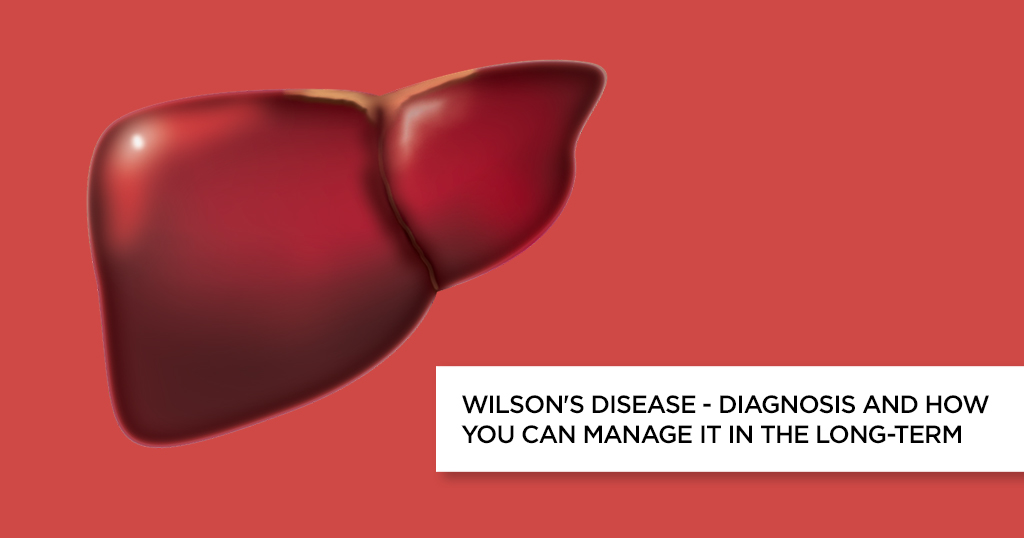Hypospadias Explained: A Complete Guide


Hypospadias is a common medical condition that affects the male fetus. It is a condition that affects 1 out of every 250 male children born. A condition like hypospadias is considered a birth defect or an abnormal development of a male fetus.
This condition is not fatal but can cause numerous side-effects that impair your lifestyle if it isn’t corrected right away. One of the most common issues caused due to hypospadias is male infertility.
About the Disease
In a healthy penis, the urethra is where urine and sperm travel towards the tip or head of the penis through the penile shaft to an opening that excretes it out of your body.
Patients with hypospadias have an abnormal development phase while growing as a fetus causing the opening to develop in other parts of the scrotum, perineum, or penile shaft rather than the tip. The flow of sperm and urine is changed to the position of the new opening. This can stop a man from urinating in a standing position, interrupt the ejaculation process, and make it difficult to clean, leading to minor infections.
In short, hypospadias is when the development of the opening at the head of the penis is abnormal or displaced. In most cases, this is present in premature births, but other causes for this condition include:
- Genetic defects
- Smoking or alcohol consumption during pregnancy causing a defect
- Hormones used during fertility treatments
- Exposure to pesticides during pregnancy
- Maternal weight obstructing nutrient consumption during fetal development
The good news is that this condition is not fatal, nor is it difficult to correct.
Before talking about treatments for this condition, however, let’s first have a look at how to identify hypospadias.
Symptoms
Hypospadias can manifest in three forms depending on the location of the penile shaft opening. These are:
- Subcoronal Hypospadias: This is when the urethral shaft has an opening near the head of the penis
- Midshaft Hypospadias: This is when the opening is anywhere along the shaft
- Penoscrotal Hypospadias: This is when the location is either on the scrotum, perineum, or in the place where the penis and scrotum meets.
In rare cases, the penis can curve in a downward-facing arch. This condition is called chordee and can be most clearly observed in a penile erection.
The location of the opening is the only symptom that can visually be diagnosed. For further investigation, you will be directed to a urologist by your general physician or pediatric surgeon.
Once the doctors identify the type of hypospadias you or your child may have, they will recommend an appropriate type of treatment.
Treatments
Most physicians will recommend treatment based on the position of the opening. In the case of subcorneal hypospadias, if the position is very close to the head or the original position, doctors may recommend leaving it alone.
The only form of treatment for this condition is surgical. For this reason, depending on the diagnosis, doctors may recommend not performing a circumcision. This is because the surgery is done by using parts of the penile foreskin to repair the shaft opening and redirect the urethral opening to the head.
In case of surgery, the procedure may require the surgeon to straighten the penis as well as moving the urethra. This is done to help the patient’s urinary stream regulate itself along the shaft to the new urethral opening.
This procedure will require anesthesia and cannot be done while the patient is conscious. The procedure is considered minor, and the patient can, in most cases, be discharged on the day of the procedure itself.
In a majority of the cases, the surgery is performed on children aged three months old to 18 months old. If your physician hadn’t diagnosed or performed this surgery on your child or you during this time, it is still safe to perform it on a fully grown adult.
Hypospadias is a relatively safe and straightforward condition for children but can be a more complicated procedure to perform on adults. The chances of success are still high, but the procedure could take longer and cause more discomfort during the recovery process.
Risks & Complications
Hypospadias, if left untreated, can lead to risks like:
- Infertility
- Increased chances of UTIs (Urinary Tract Infections)
- Urine flow problems
- Erectile dysfunction
Precautions
Leaving hypospadias untreated can lead to numerous problems, including recurring infections caused by a less clean urethral shaft. It can also cause fertility problems and issues in the urine stream.
It is crucial to note that hypospadias is a condition that only affects men. It is not the same as epispadias which causes problems with embryological processes that affects both men and women. While easy to confuse due to their similar manifestation, precautions must be taken during the diagnostic process not to mix the two.
Dietary Recommendation
The physical nature of the condition cannot be altered through any diet. However, physicians will recommend a light diet with no food intake for a few hours leading up to the surgery. This is standard practice for most surgeries to ensure there are no side-effects caused by the anesthesia used during the procedure.
FAQs
- What happens if hypospadias is not treated?If left untreated, hypospadias can lead to male infertility or fertility problems, a rise in the chances of urinary infections, and problems with the urinary stream.
- How do you diagnose hypospadias?In most cases, hypospadias can be diagnosed visually. The problem is other similar looking conditions like epispadias which lead to misdiagnosis by those who aren’t professionals. To diagnose the condition accurately, visiting a urologist is a must.
- Is hypospadias genetic?Premature births most commonly cause conditions like hypospadias, but the second leading cause of the condition is genetics.
- Can hypospadias correct itself?No, unfortunately, hypospadias is a birth defect that cannot correct itself. It can be left untreated if it is a form of subcorneal hypospadias, but the only option for a correction is surgical.
- At what age does a case of hypospadias repair occur?Most cases of hypospadias repair occur in children between the age of 3-months to 18-months old.
© Copyright 2024. Apollo Hospitals Group. All Rights Reserved.
 +91 8069991061
Book Health Check-up
+91 8069991061
Book Health Check-up







